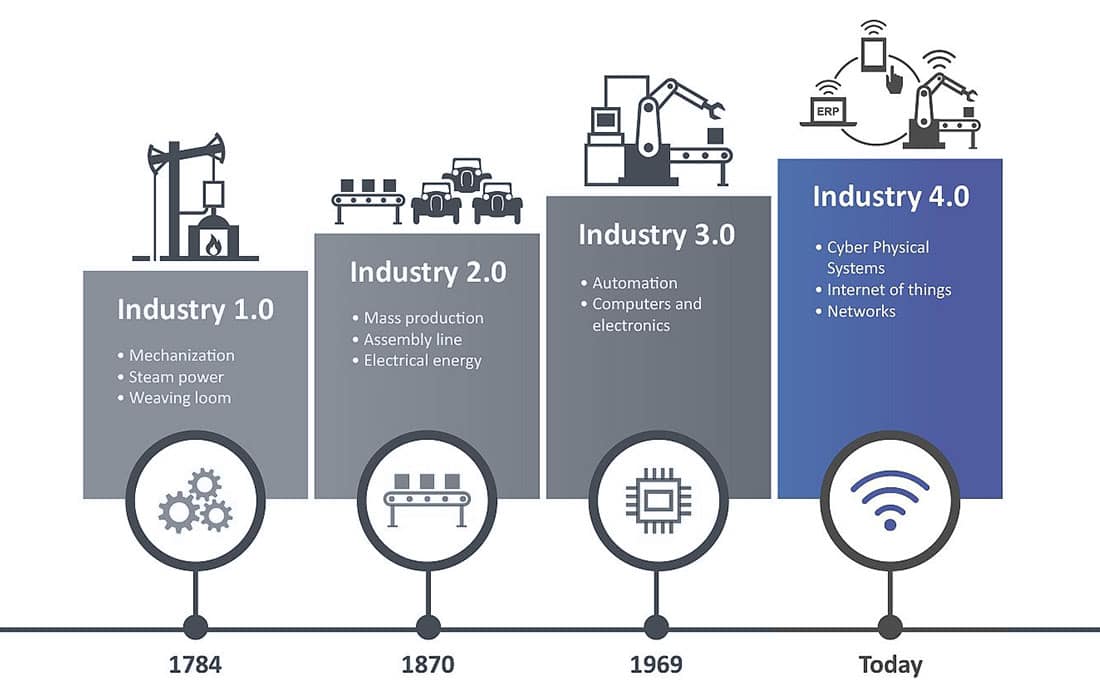| - | - | - | - | - | - | - | - | - | - | - | - | - | - | - | - | - | ||
Detailed Project Information Project Start Date: 1st May 2020 Project Duration: 12 months Project Coordinator: Prof. Giulio Rosati (DTG, UNIPD) HIT Member: Prof. Luciano Gamberini Total Project Funding: 119.500,00 € Partners: DTG (UNIPD), HIT Centre (UNIPD), Luxottica Srl, Ceccato Aria Compressa Srl, Vimar Sps, Tecoma Srl, Fòrema Srl, Assindustria Venetocentro  | A new co-worker: the cobot. In the current industrial era, the manufacturing production systems are improving by introducing special co-workers to work with humans. The humans’ strengths may be aided and the weakness supported by a robotic technology capable to collaborate with them in accomplishing working tasks and taking charge of the most demanding operations. Collaborative robots (cobots) are small, light, and versatile industrial robots embedded with an intuitive user interface for easy programming. Moreover, the cobots' high-level safety features make them able to work side-by-side with humans without barriers sharing the workspace, thus enabling a close and direct interaction. The innovation of these technologies requires the accurate study of potential situations to introduce the cobots to make the workers benefit from the robotic collaboration, in terms of both work performance and well-being. The identification of the human-related factors involved in this new working equation, which may influence the interaction of the worker with the robot, becomes fundamental to a successful cobots implementation. The expertise of Human Inspired Technology Lab members in Human Factors and Human-Robot Collaboration research and that of the engineering colleagues and partner companies relating to cobots’ functionalities and industrial applicability are being combined in the Ad-Hoc project. Ad-Hoc is proceeding towards the meeting point of the ergonomic and manufacturing requirements to allow the future development of solutions capable of exploiting the cobots’ advanced peculiarities, such as high flexibility and intelligence, in actual industrial realities. |
